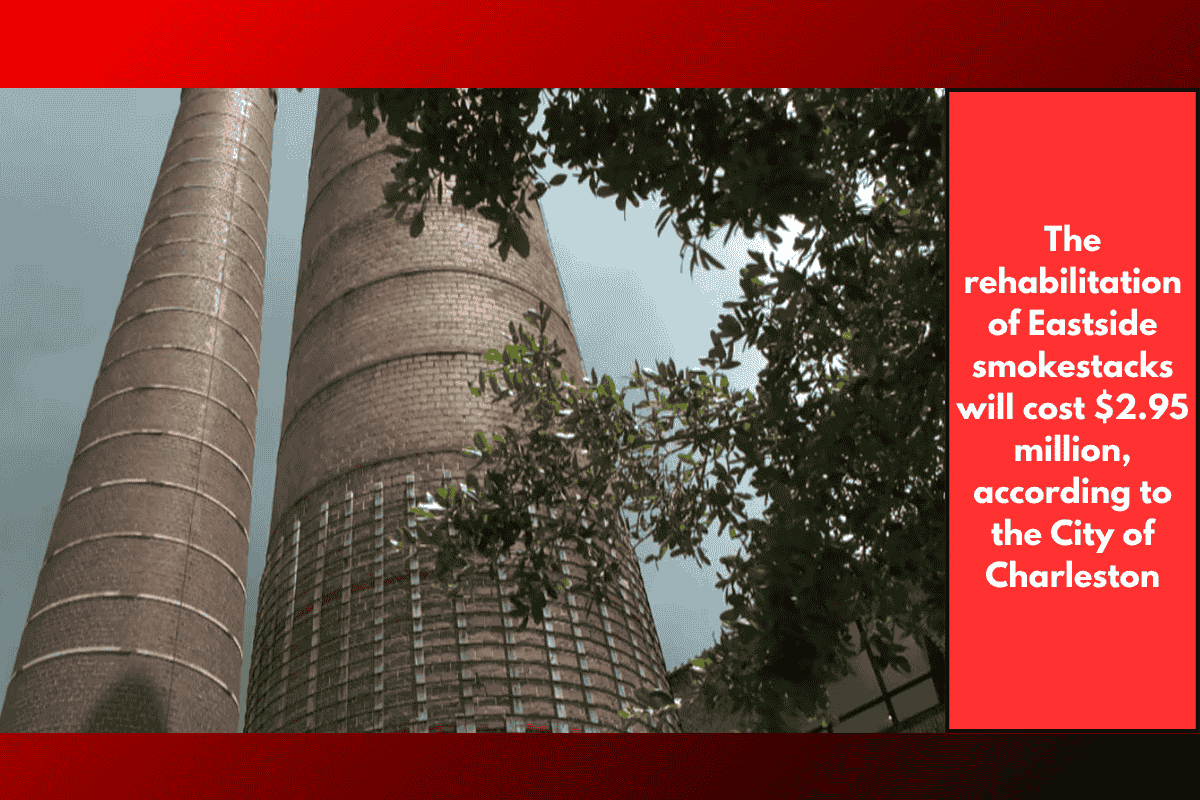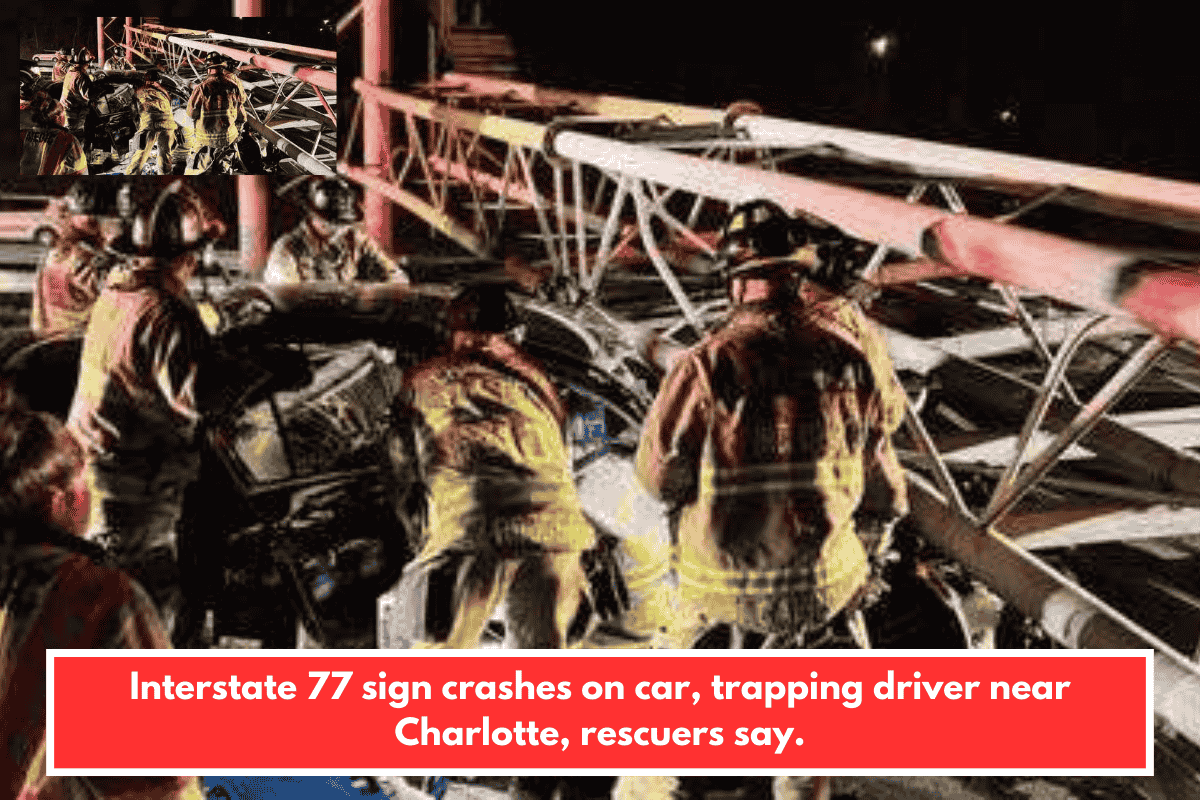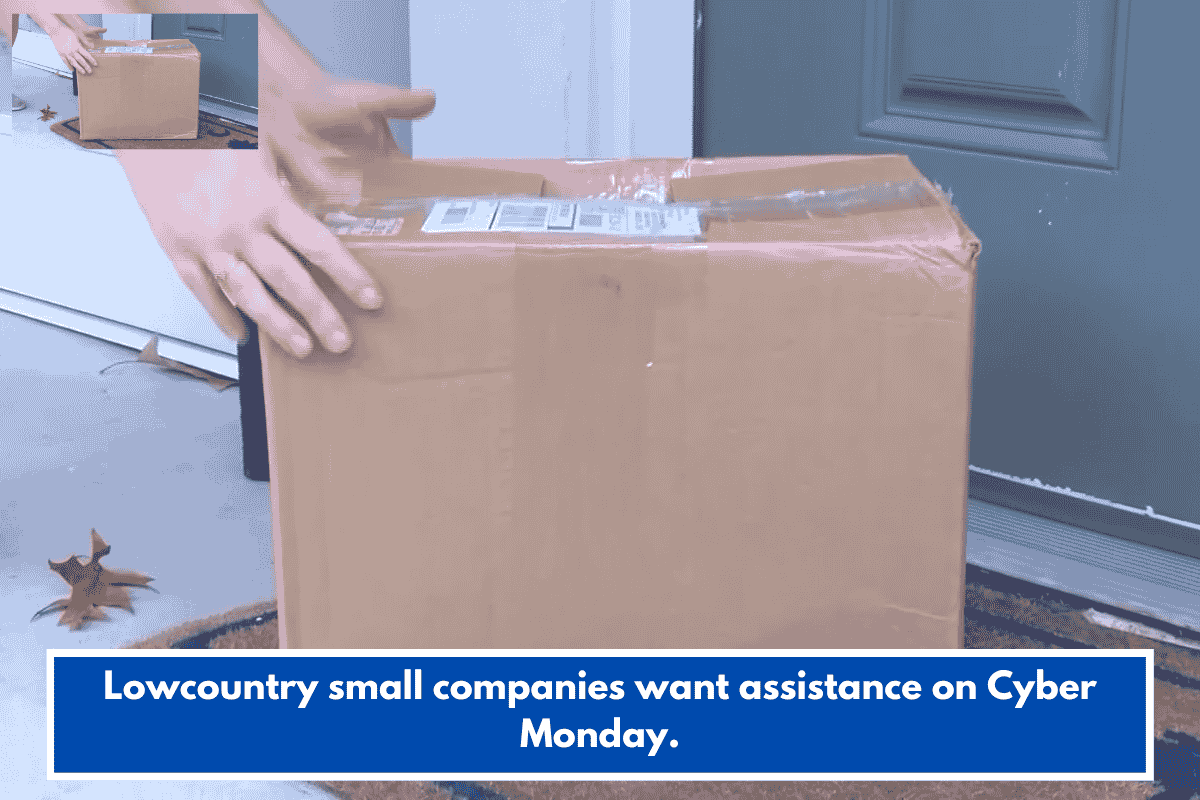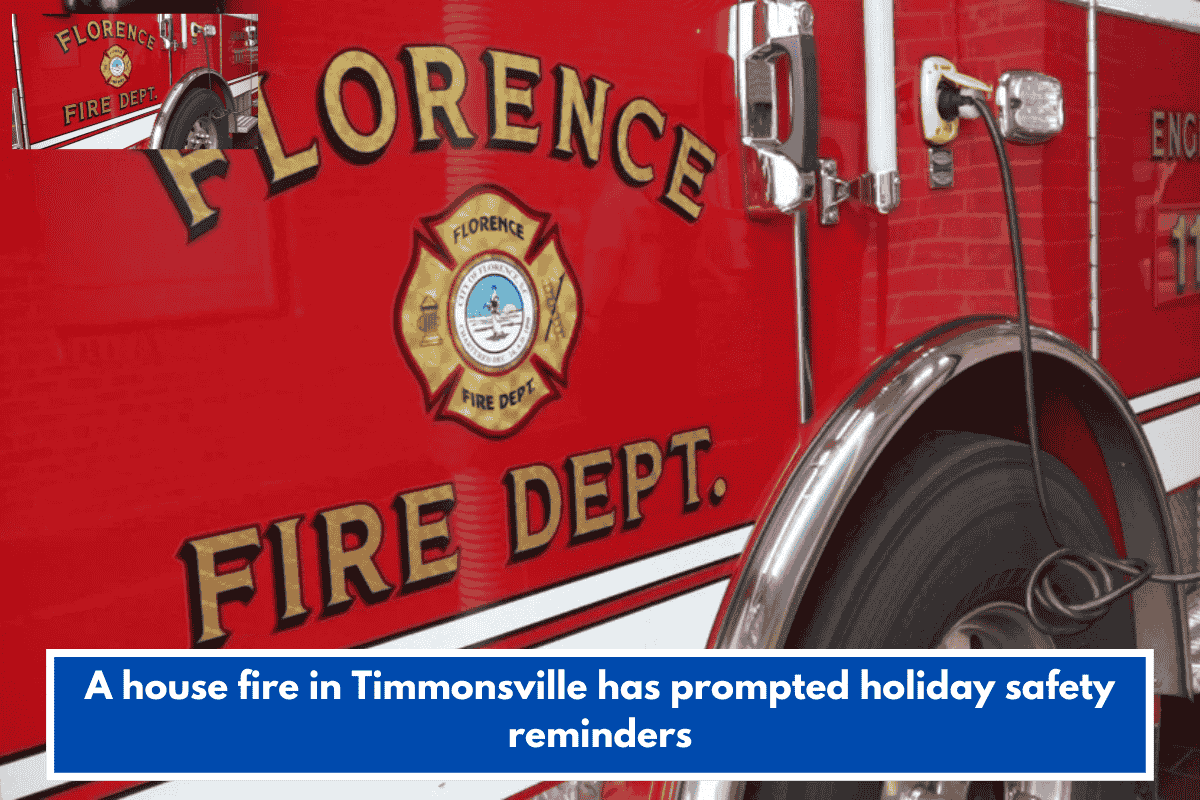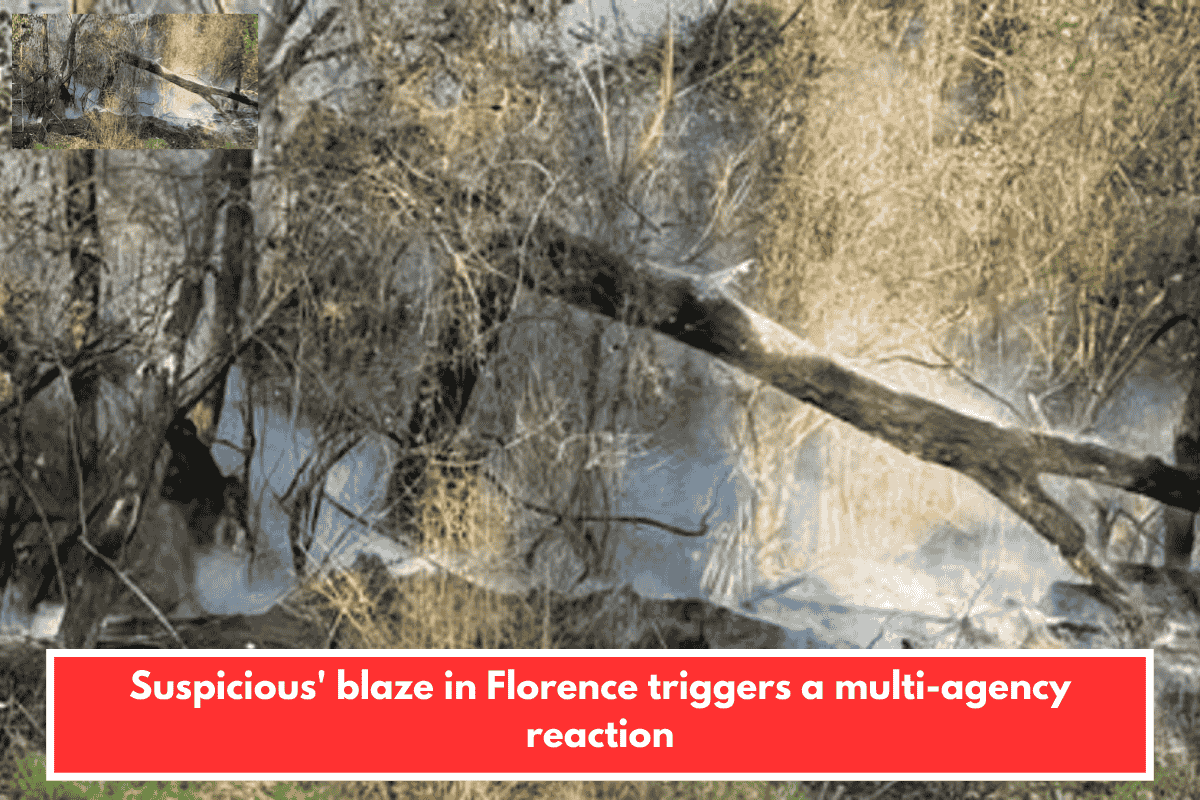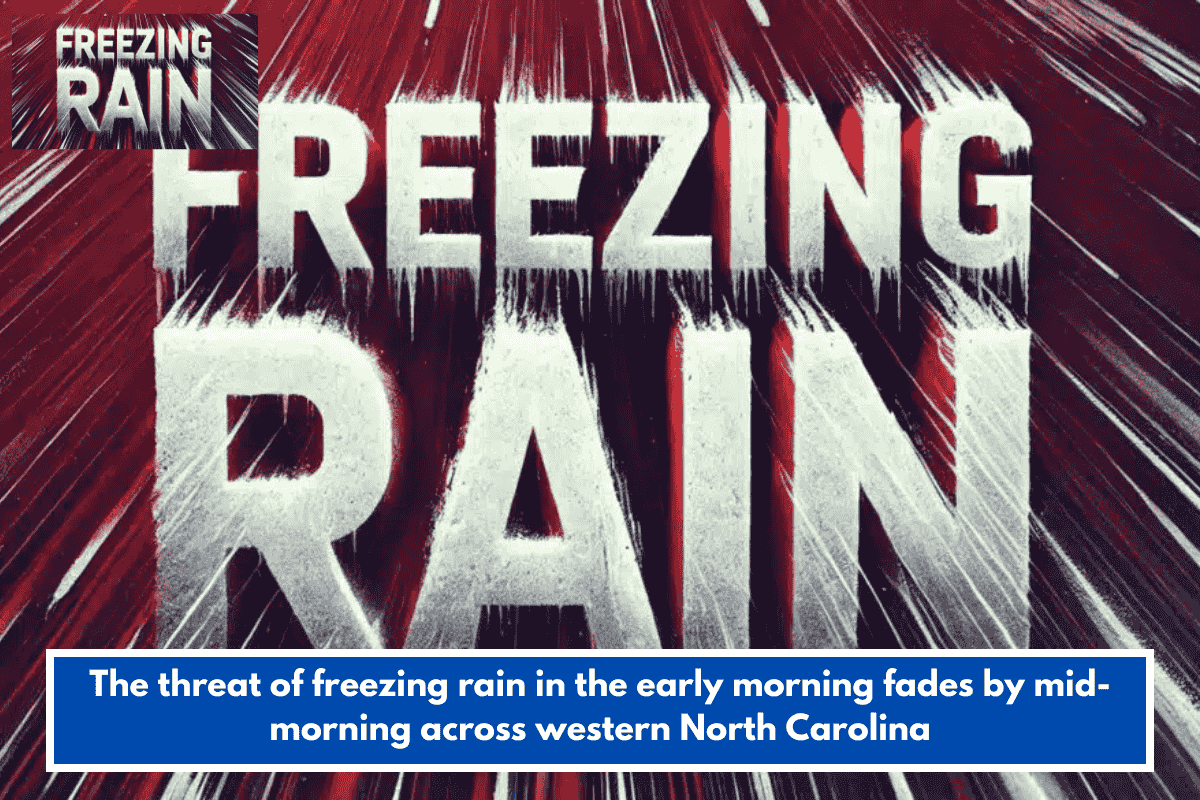In a significant move to preserve a vital piece of Charleston’s industrial past, the City of Charleston has approved a nearly $3 million restoration project for the twin smokestacks at the St. Julian Devine Community Center. These historic structures, built in 1935 as part of the city’s trash incinerator, have stood tall at 135 feet for nearly a century. After being deemed structurally unstable a few years ago, the city initially considered demolishing them. However, strong community support led to the decision to restore the smokestacks, ensuring their preservation as a key part of the Eastside neighborhood’s history and skyline.
The Smokestacks’ Restoration Project
The restoration will include a comprehensive top-to-bottom and inside-out overhaul of the smokestacks. This work will involve re-mortaring the bricks, replacing missing and damaged bricks, reinforcing the bases, and strengthening the interior chimney linings. The goal is to stabilize the structures to ensure they stand safely for many more years.
For over five years, concerns about the smokestacks’ safety have been raised, particularly after they were found to be unstable and at risk of collapsing during major storms. While the structures have long been seen as an iconic part of Charleston’s skyline, their original purpose as part of a trash incinerator made them less than appealing to some. However, as the community voiced its deep attachment to the smokestacks, calls for their restoration grew louder.
Community Involvement in Preservation
The Historic Charleston Foundation and the Preservation Society of Charleston joined forces with the Eastside community to advocate for the smokestacks’ preservation. In 2020, the city proposed demolishing the towers, but local residents, particularly those from the surrounding Eastside neighborhood, rallied against the idea. They viewed the smokestacks not only as part of the city’s history but also as an important neighborhood landmark.
Madison Lee, the Community Outreach Coordinator for the Preservation Society of Charleston, noted how vital it was to understand the community’s attachment to the smokestacks. She conducted a survey to amplify their voices and gather feedback. The response was clear: the community cared deeply about the structures and wanted to see them restored, not demolished.
In response to the community’s advocacy, the city carried out a temporary stabilization project in 2021. While this was a short-term fix, it paved the way for the full restoration, which will now take place thanks to the $3 million funding.
The Role of the Cooper River Tax Increment Financing Fund
The majority of the funds for this project will come from the Cooper River Tax Increment Financing (TIF) fund. This special tax district allows the city to collect money from new developments and buildings in the area. The increased tax revenue generated from the development is then reinvested into public infrastructure projects like this one.
Winslow Hastie, President of the Historic Charleston Foundation, highlighted the importance of TIFs in preserving historic landmarks. He emphasized that the restoration of the smokestacks is a direct result of community and city collaboration, as well as a reminder of the value of public investment in preserving Charleston’s historical landscape.
Looking Ahead
With the approval of the $3 million restoration project, the city has entered into a contract with ICC Commonwealth to carry out the restoration work. The goal is to complete the project before the peak of the hurricane season, ensuring that the smokestacks are safe and stabilized ahead of potential storms.
This restoration project represents a win for both the city’s rich industrial history and the Eastside community, which fought to ensure these iconic structures remain standing for future generations to appreciate and cherish.

